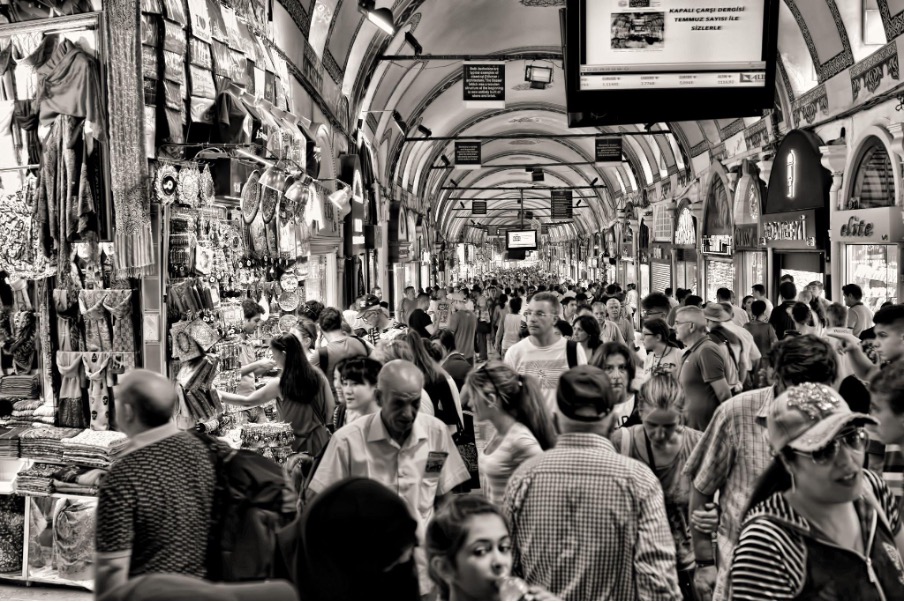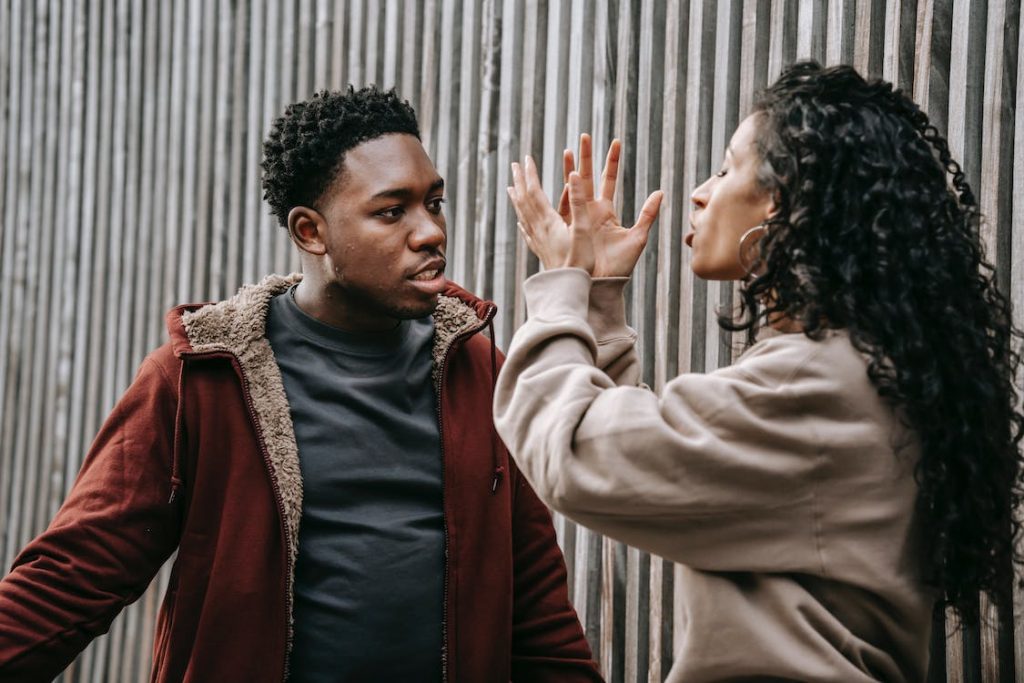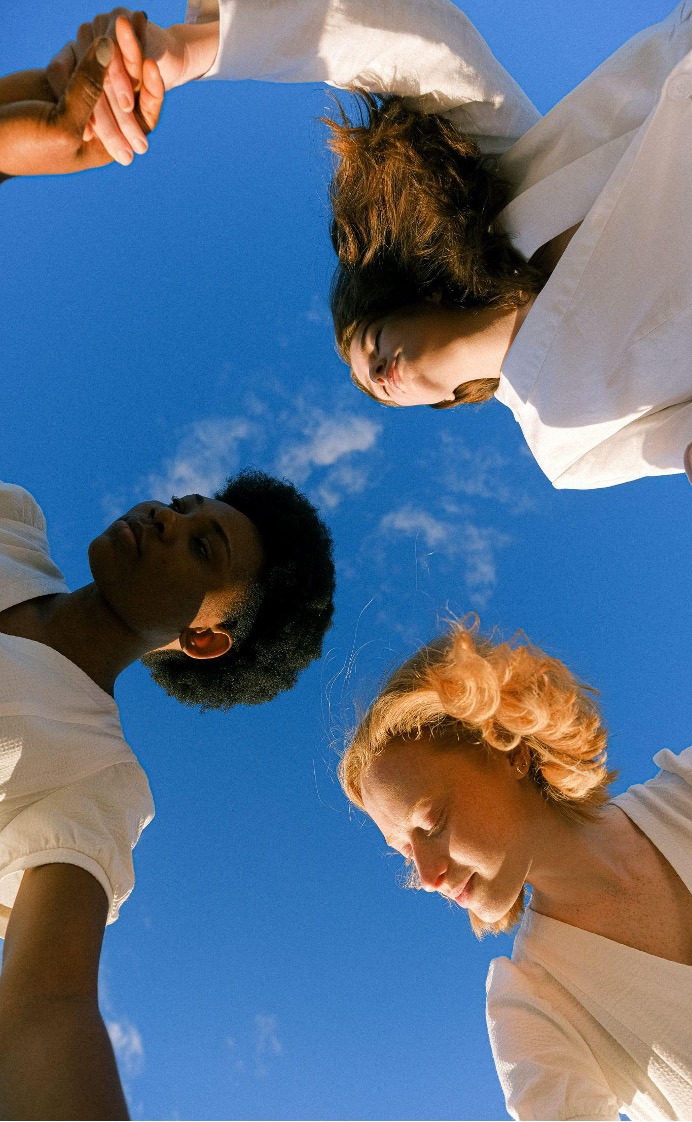Have you ever felt like you didn’t belong? That despite your best efforts, the rules of society just don’t seem to fit who you are?
More and more people are growing up with the feeling that conformity is simply not enough. They want to express themselves in ways that push boundaries and challenge society’s expectations. Art can be a great tool for this – it allows people to explore their creativity without worrying about outside judgment, backed by its long-standing presence in human history.
So what kind of positive changes can art help us make when it comes to breaking social norms?

What is art and why do we create it?
Art is a form of expression that is as old as humanity itself. It serves as a way to communicate emotions, record history, and express individual creativity. Art is such an important part of life because it allows us to share our worldviews with each other through different forms such as painting, photography, music, literature, drama, and sculpture. Creating art can also be an effective method of self-care by offering an outlet for difficult feelings or providing a distraction from daily routines.
Additionally, everyone’s interpretation of art has its own unique value since beauty lies in the eye of the beholder. For these reasons, we create art – for communication, healing, and an overall appreciation for life and its infinite possibilities.
Can art help break social norms and change the way we think about things?
By raising awareness and sparking meaningful dialogue around these socially sensitive issues, we can begin to break down existing boundaries and find ways forward toward progress. Art is not just a hobby – it’s an incredibly powerful tool that can be used to create meaningful social change.

Factors that influence environmental behavior and the roles of the arts in society:
- Social norms. Social norms are the unwritten rules that dictate how we are expected to behave in a given social setting. They can vary greatly from culture to culture, and can even differ within the same culture depending on the situation. For example, it is generally considered acceptable to make small talk with strangers in North America, but this would be considered rude in many parts of Asia.
- Family values. Family values are the beliefs and principles that a family holds dear. They are often passed down from generation to generation and can play a significant role in shaping our attitudes and behaviors. For example, if a family values environmental conservation, their children are likely to grow up with that same value.
- Personal beliefs. Personal beliefs are the convictions that we hold about what is right and wrong, good and bad. They often dictate our behavior, even when they conflict with social norms or family values. For example, someone who believes that it is wrong to waste food is likely to compost their scraps, even if their friends and family do not share that belief.
- Peer pressure. Peer pressure is the pressure that we feel from our friends or peers to conform to their behaviors and attitudes. It can be a powerful influence, especially during adolescence when we are trying to fit in with our peers. For example, a teenager may be more likely to try smoking cigarettes if all of their friends are doing it.
- The media. The media plays a significant role in shaping our attitudes and behaviors. We are bombarded with messages from television, movies, advertising, etc., all of which can influence our opinions and actions. For example, someone who sees an advertisement for an environmentally friendly product may be more likely to purchase it than someone who has not seen the ad.
- Arts education. Arts education refers to the teaching of various art forms in schools or other educational institutions. It can include instruction in visual arts (painting, sculpture, etc.), performing arts (drama, music, etc.), or both. Studies have shown that arts education can have a positive impact on students’ attitudes and behaviors toward environmental issues.

A model for explaining how the arts might influence environmental behavior
Through the arts, we can explore how environmental behavior is shaped. This model has been studied extensively and suggests that environmental knowledge and values are embedded into the types of art created by an individual or community. Through art, individuals and groups communicate their understanding of the environment and send powerful messages about how to interact with it. Art can be evaluated for its ability to teach audiences about environmental issues, with unique approaches making this message more engaging.
By utilizing the arts in this way, we can demonstrate how various forms of art have the power to shape environmental behavior among participant groups – whether that’s through a documentary film or a mural painting project. So while each individual artist has an influence on our perception of environmental issues, they are also part of larger conversations taking place within our society regarding these matters.
What are some famous examples of artwork that have helped break social norms?
In examining famous examples of artwork that have helped break social norms, one needs to look no further than Banksy’s painting Girl with Balloon, a mural located in England; this work stands out not only for its unique art style but also because it raises questions about public property laws. Through its widespread popularity and influence on how people think about graffiti as art, the piece has certainly been instrumental in helping break down some of society’s antiquated views of graffiti as vandalism.
How can you get involved in breaking social norms through art yourself?
One way to do this is to embrace bold, unconventional concepts and compositions. Take risks by experimenting with new media or materials, or exploring issues of justice, gender roles, consumer culture, or other contested topics. You can also explore unexpected juxtapositions—for example, combining imagery from different cultures and time periods. Participating in art galleries, public art projects, and other events is also a great way to get involved in socially conscious art.
_____________________________________
About the author:
Rob Talley – is a content creator for websites, blogs, articles, and social media platforms. Rob also writes for essay writing service paperhelp.nyc. He is interested in education technologies and enjoys sharing lifestyle and personal development advice and tips.


